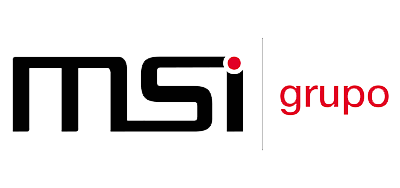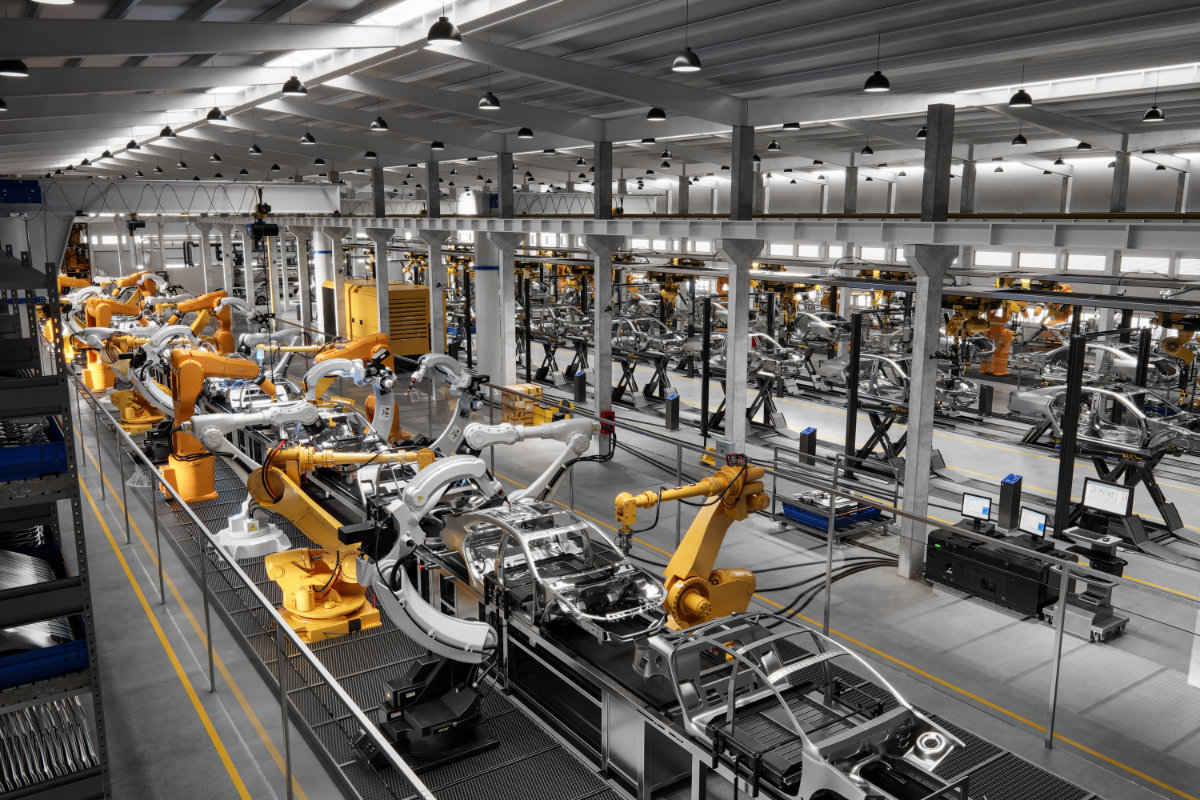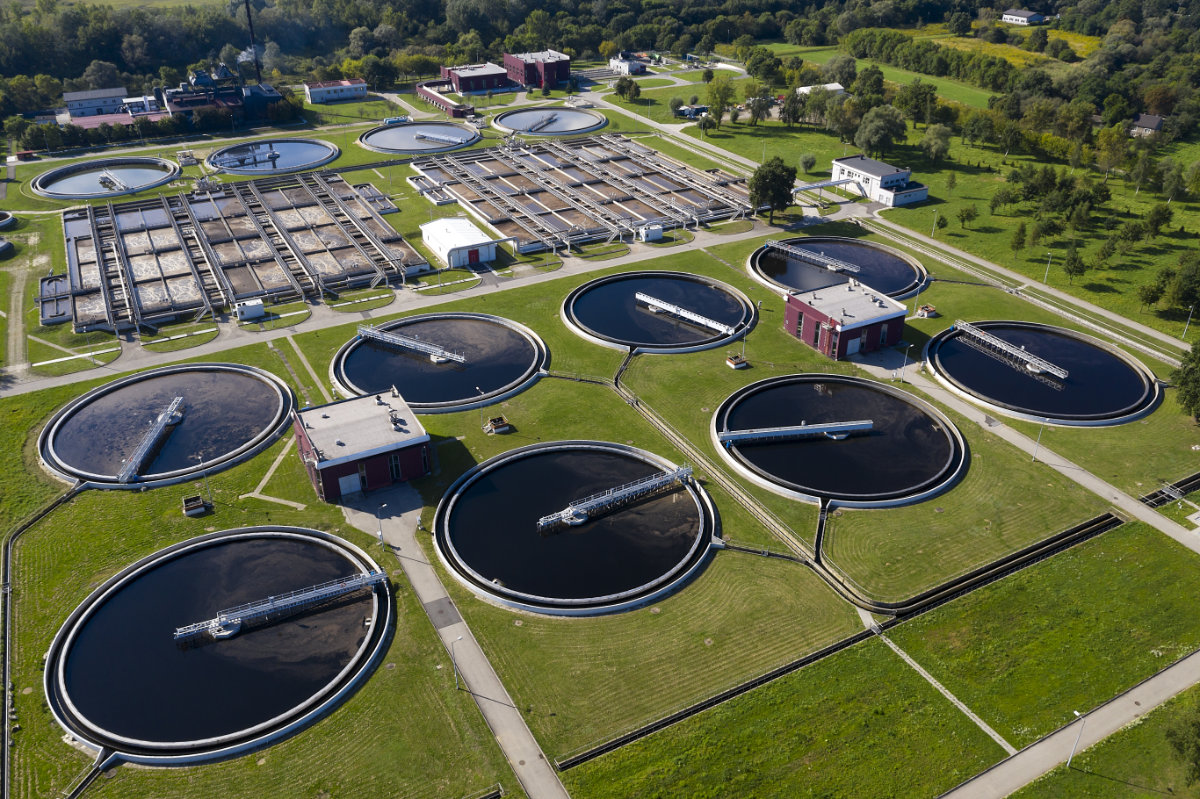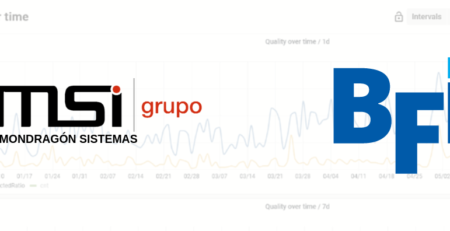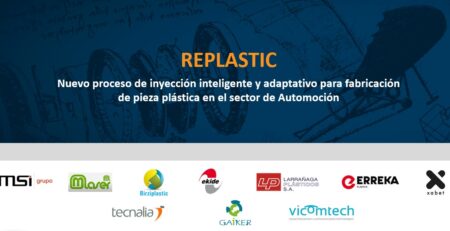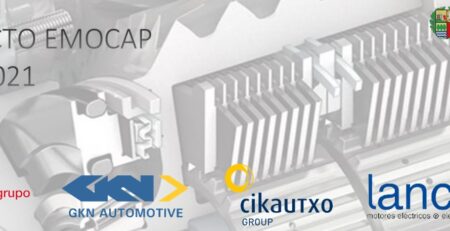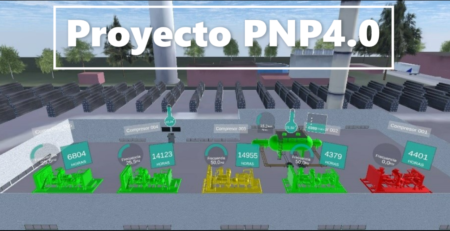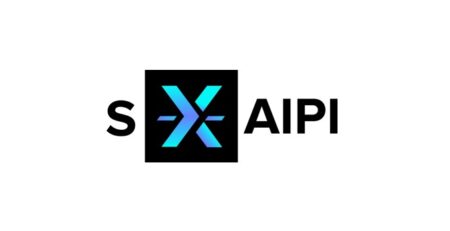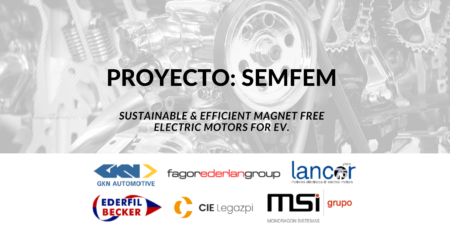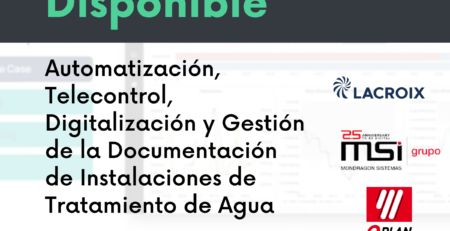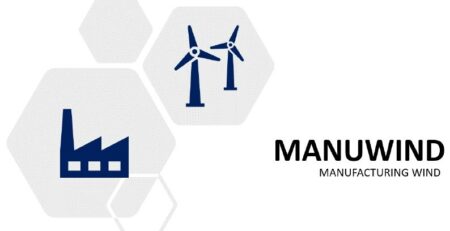Industrial validation in three sectors
admin2022-08-16T10:40:34+02:00A crucial part of the HyperCOG project will be applying the numerous technological developments made in the earlier parts of the project into three real-life use cases in the steel, cement and chemical industries. Here, Asier Artega, leader of work package 5 that encompasses this work, speaks about their progress so far.
Work package 5 is all about implementation of the developments made in the previous work packages. In work package 1 we defined the use cases and the processes. Work package 2 defined the architecture of the HyperCOG solution in general, while work packages 3 and 4 created the models to solve the problems and looked more closely at the specific use cases.
In our work package, we have so far only started and finished one task – 5.1 – which is about data collection for the three use cases. We have finished the initial data collection and wrote a deliverable explaining the data we collected and the use cases, but data collection will really never finish – it will continue through the project.
Now we are starting the second task, which is the offline implementation of the HyperCOG solution. This second task depends on the developments in work packages 3 and 4, so we are really only at the beginning of this work because the work in those packages is not really done yet. So at present we are working with them and helping them to understand their results and check their models.
The idea in HyperCOG is that the steel use case at SIDENOR in Spain is always ahead of the others, and almost acts as the prototype for the other two use cases. This pilot will focus on the steelmaking process, which includes melting raw materials, getting the right composition and casting it in the chosen semi-product form.
The HyperCOG solution will help plant operators to solve online production planning problems arising from failures that can occur during steelmaking operations and cause delays or other problems to the scheduled production. So for this use case, we have now started the offline implementation here, but the other two cases are still a little behind.
After the offline implementation will come the online implementation, where the data from the factory becomes connected to the system. This task will go on to almost the end of the project, but we are yet to start it. Finally, we will have two tasks related to the validation and transferability of the HyperCOG solution.
It has been difficult doing a lot of the work without being able to go to the sites and meeting people. Personally, I wasn’t even able to attend the kick-off meeting of the project because I had a prior engagement, so I have not had much chance to meet anyone else from HyperCOG apart from the people at Lortek. This is a pity, and although we have been able to continue the work to a certain extent, I think everyone is looking forward to being able to see each other again and visit the pilot sites!
